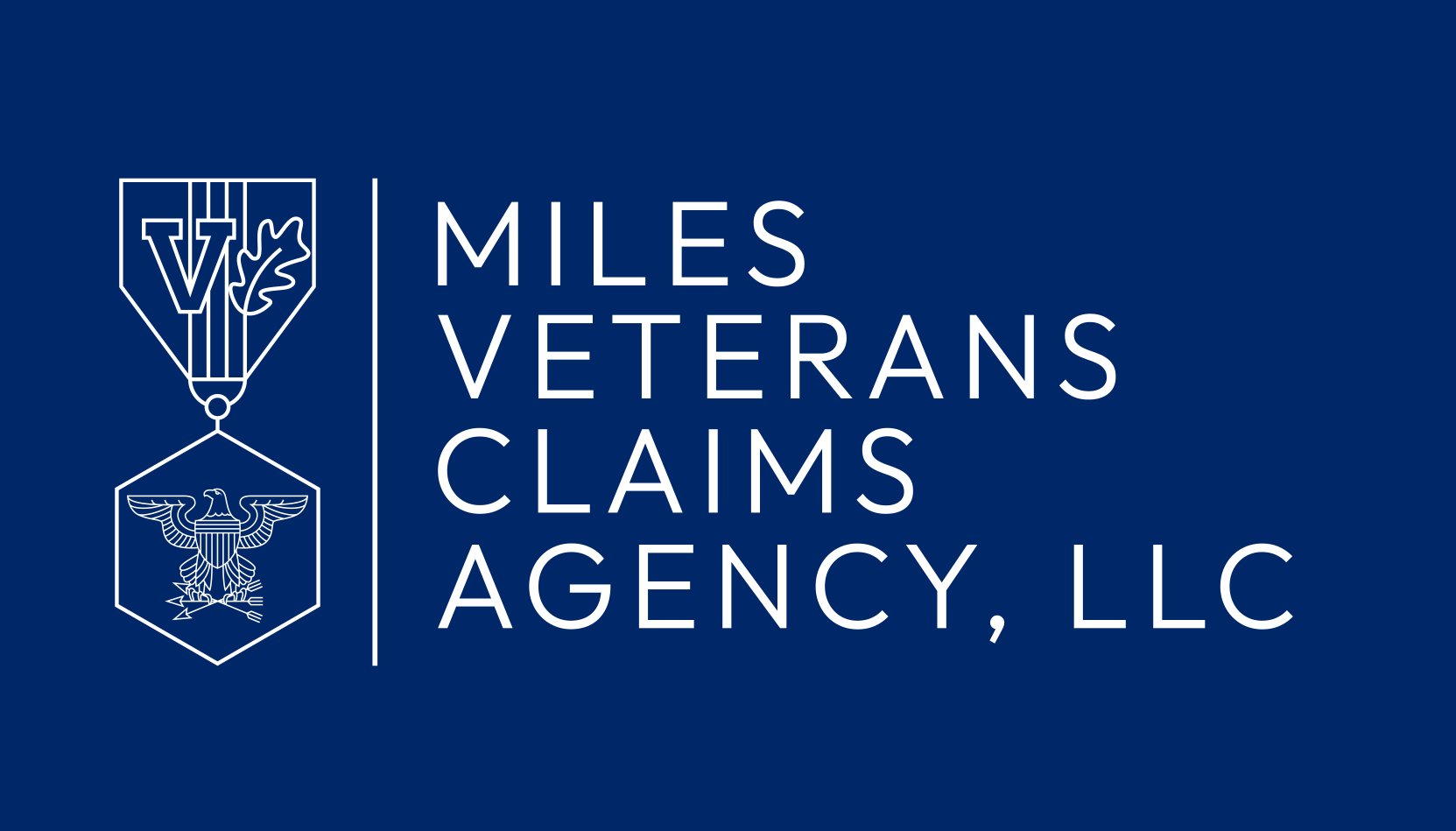Before 2019, the process of filing for VA disability benefits was governed by a different system than the one in place today. This earlier system, known informally as the “legacy” claims system, allowed veterans to initiate claims through a more flexible and less formal method: the informal claim. Though the Appeals Modernization Act (AMA) changed this system significantly in 2019, understanding how informal claims worked under the old rules remains essential for veterans whose claims or effective dates may still be impacted today.
This post will explain what pre-AMA informal VA claims were, how they worked, how they affected effective dates, and why they’re still relevant.
What Was an Informal Claim?
Prior to March 24, 2015, the VA allowed veterans to initiate a disability claim without using a specific standardized form. This could be done by sending a letter, making a phone call, or even by submitting other types of correspondence that clearly showed an intent to apply for benefits. These communications were called informal claims.
According to 38 C.F.R. § 3.155 (prior to 2015), an informal claim had to:
- Be a communication in writing,
- Indicate an intent to apply for one or more benefits, and
- Identify the benefit sought.
As long as these basic requirements were met, the VA would treat it as a valid claim—even if it wasn’t on the official VA Form 21-526 (Application for Compensation and/or Pension). Once the informal claim was received, the veteran had one year to file the formal claim using the correct form. If they did, the VA would use the date of the informal claim as the effective date for benefits.
This often made a huge difference. For example, if a veteran sent a letter in January saying they intended to apply for PTSD benefits but didn’t submit the formal form until November, they could still be paid back to January—because that letter counted as an informal claim.
Why the System Changed in 2015
On March 24, 2015, the VA implemented a rule requiring that all claims for benefits be submitted on a standardized form. This rule ended the ability to submit informal claims as they existed under the old regulation. The rationale behind this change was to streamline the claims process, reduce confusion, and ensure consistent data collection.
While this rule ended the creation of new informal claims after that date, it didn’t erase the impact of earlier informal claims. Many veterans who filed claims before March 24, 2015 still rely on those informal submissions to argue for earlier effective dates, especially when appealing denied or partially granted claims.
The Appeals Modernization Act (AMA) and Its Impact
The Appeals Modernization Act (AMA), fully implemented on February 19, 2019, created a new structure for how VA claims and appeals are processed. It established three review lanes—Supplemental Claims, Higher-Level Reviews, and Board Appeals—and eliminated the “legacy appeal” process for newly filed claims.
However, the AMA did not apply retroactively to effective dates or the informal claim rules under the legacy system. That means:
- Veterans who filed claims before March 24, 2015 may still rely on those informal claims to establish earlier effective dates for benefits.
- Veterans in the legacy appeals system (those who opted not to switch to AMA) may still benefit from pre-2015 informal claims.
In some cases, a veteran may reopen a previously denied claim and argue that the original informal claim date should be honored, especially if the veteran submitted an informal claim and VA never a) invited the veteran to submit a VA Form 526 and b) never made a decision on the claim.
How Informal Claims Still Matter Today
Even though you can no longer file an informal claim under the current system, many veterans’ claims filed before 2015 are still being reviewed or appealed. Here are some scenarios where informal claims still come into play:
- Earlier Effective Dates: If you filed an informal claim before March 24, 2015, and VA never made a decision, your benefits may be paid from the date of the informal claim—not the later formal filing.
- Legacy Appeals: Veterans whose cases are still in the legacy appeals system may argue that an informal communication—like a letter to the VA—should have been treated as an informal claim and used to assign an earlier effective date.
- CUE Claims: In cases where the VA failed to recognize an informal claim or assign the correct effective date, veterans can file a CUE motion to try to fix the mistake. A successful CUE can result in retroactive benefits going back to the date the informal claim should have been recognized.
How to Prove an Informal Claim
To make use of a pre-2015 informal claim, veterans or their representatives must be able to prove it was submitted and that it met the criteria. Examples of evidence that might support this include:
- Copies of letters sent to the VA expressing intent to file a claim
- Records of VA phone calls or in-person visits
- Notes in VA medical records referring to an intent to seek benefits
- Correspondence from accredited representatives indicating intent to claim
These types of records can be found in a veteran’s claims file (C-file), which can be requested from the VA.
Final Thoughts
Informal claims may seem like a thing of the past, but they still have real, financial consequences for many veterans. Understanding how they worked—and how they can affect effective dates—can help veterans make the best possible arguments for retroactive benefits. If you believe you submitted an informal claim before March 24, 2015, and the VA didn’t give you the right effective date, it’s worth speaking to an accredited representative.

